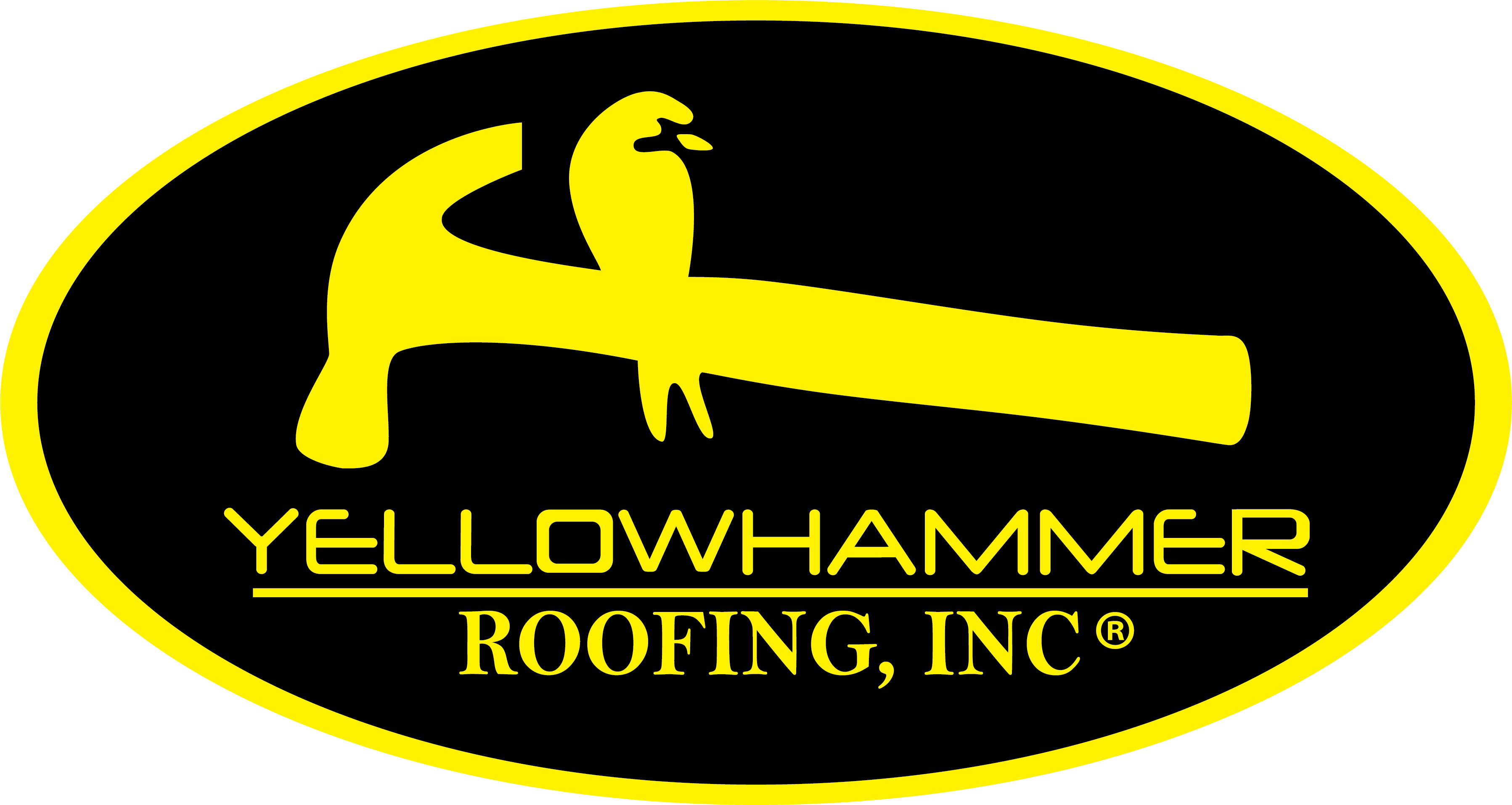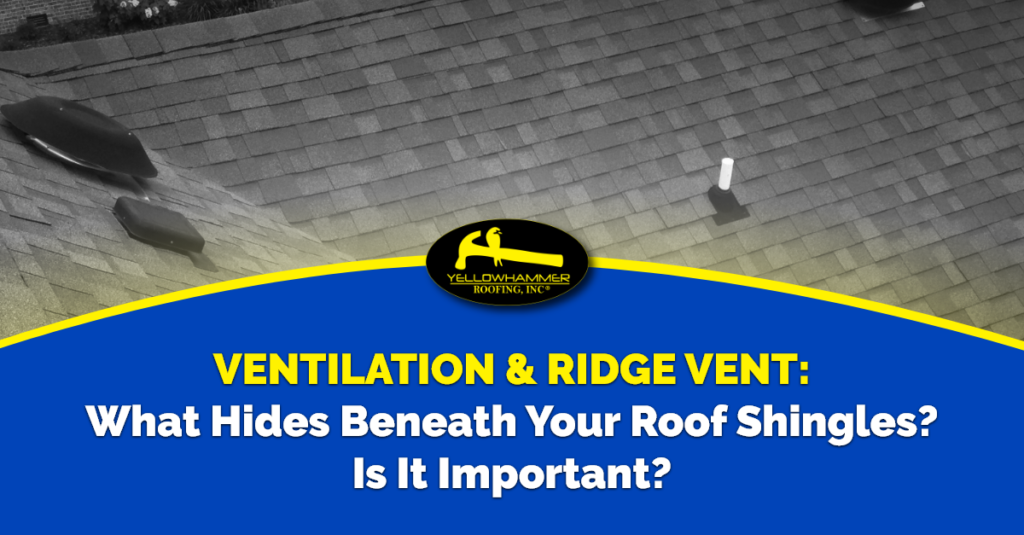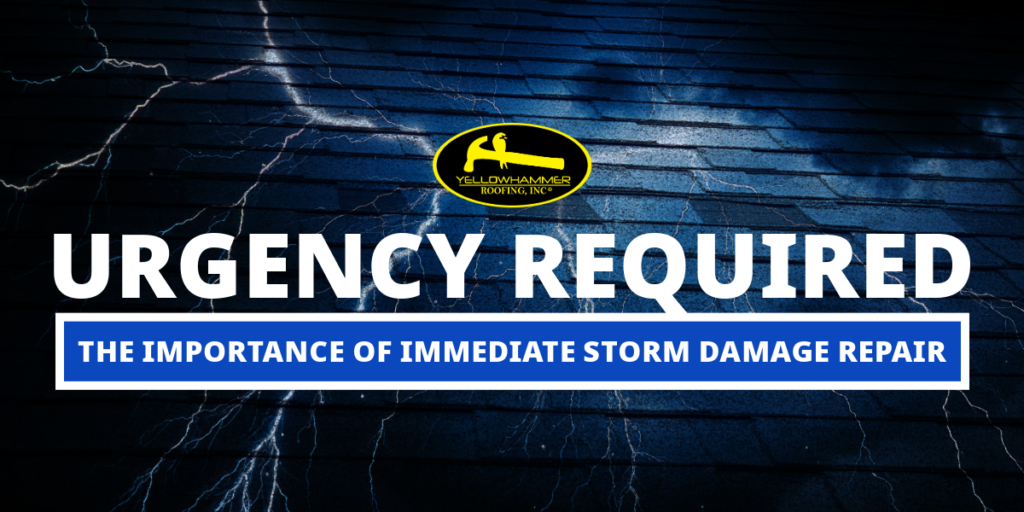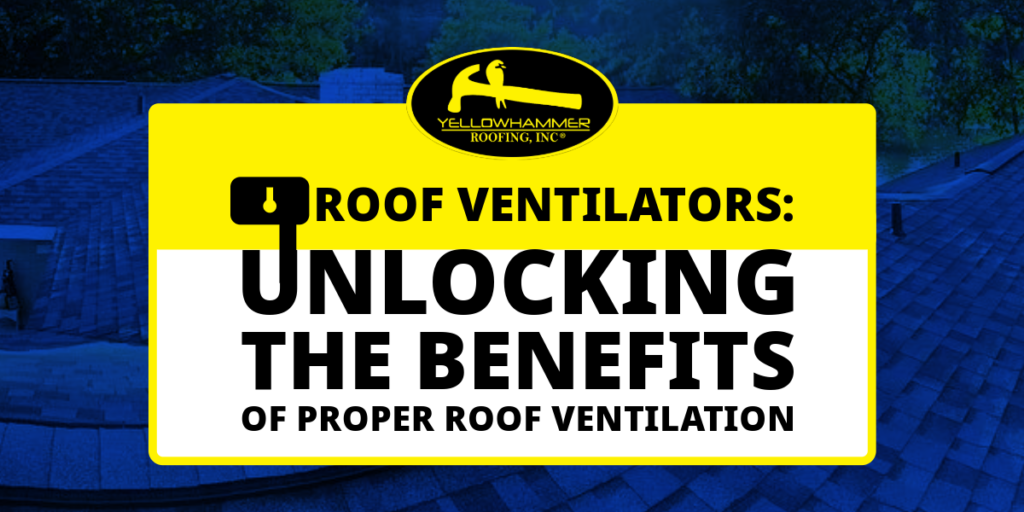The shingles on your home might be the most visible part of your roof, but they’re not the only component of your roofing system. Ventilation in your roof and attic plays a vital role in protecting your roof from damage and keeping the interior of your home comfortable.
Ridge vents and other vents help keep air flowing through your attic and roof. Without proper ventilation, your roof and home can develop problems, from skyrocketing utility bills to widespread mold growth. Learning more about roof ventilation can help you understand this part of your roofing system.
What Is Roof Ventilation?
Roof ventilation moves air through your attic and roof using vents. Some vents pull fresh outdoor air into your attic, while others move air out of it. This air exchange involves the use of intake vents and exhaust vents. Intake vents bring outdoor air into your attic while exhaust fans push it out.
Roofers can install different types of vents in your roof to ensure adequate ventilation. This requires knowing which vents are most suitable for your roof and where they should be installed. When you have suitable vent types and locations, they will benefit your home significantly.
Benefits of a Ventilated Roof
Why is it so important to have a ventilated roof? Proper ventilation can help your roof last longer. Too much hot air or exposure to moisture due to poor ventilation can cause wood rot and other kinds of damage to occur. This damage can shorten your roof’s lifespan.
Having enough ventilation also increases your home’s energy efficiency. Vents allow hot air to escape your attic instead of building up inside it. This means you don’t have to use your air conditioning as much during summer, which lowers your energy bills.
Other benefits of a ventilated roof include preventing moisture or condensation from accumulating in your attic and helping you maintain stable indoor temperatures. The presence of condensation can cause mold to grow or wood rot to occur. Ventilation also helps prevent extreme fluctuations in indoor temperatures.
Problems with Inadequately Ventilated Roof
What happens when your roof isn’t well-ventilated? You might need to replace it sooner than expected due to damage, such as wood rot or deterioration. Too much moisture can build up in your attic without enough ventilation.
A lack of ventilation can also make your attic hotter in summer. This can cause your air conditioner to run more often, raising energy bills. You might also end up with fluctuating temperatures in your home during the year.
In cold weather, ice dams can form when you don’t have the right roof ventilation. These dams happen when snow on the top of your roof quickly melts and freezes up again along the eaves. This creates a blockage that can cause water to get into your roof.
What Are Ridge Vents?
Ridge vents are installed at the top or peak of your roof to allow air in your attic to flow outside. These vents are part of a roof ventilation system that helps keep air flowing steadily through your attic and roof. Intake vents that are installed close to or on soffits along the edges of your roof pull fresh air inside your attic.
Many homes should have ridge vents installed at roof peaks to keep air moving instead of building up inside the attic. Which homes might not need this type of vent? Residential buildings with a flat or low slope roof don’t have a ridge for these vents, but other types of ventilation systems can be installed instead.
Benefits of Ridge Vents
Ridge vents provide a few benefits for homeowners, such as ensuring proper ventilation. Having these vents installed also helps promote steady airflow through attics and roofs. This can help your roofing system last longer and reduce the risk of mold and other problems.
Who to Call for Roof Ventilation in Birmingham
Finding a knowledgeable local roofer is essential when your roof needs improved ventilation. Our Yellowhammer Roofing team has the skills and experience necessary to determine the best ways to ensure your roof is properly ventilated. This might involve adding vents in certain areas, replacing older vents, or making other changes to your ventilation system.
Our expert roofers can ensure your attic and roof have the ventilation needed to prevent excess moisture and heat. With our expertise, you can enjoy reduced energy bills and a comfortable home interior in all seasons.
If you have questions about your roof’s ventilation or need roofing services, please contact Yellowhammer Roofing. Our company offers 45 years of roofing experience, so you can count on getting the highest quality service whether you need roof repairs, improved ventilation, or a roof installation.






